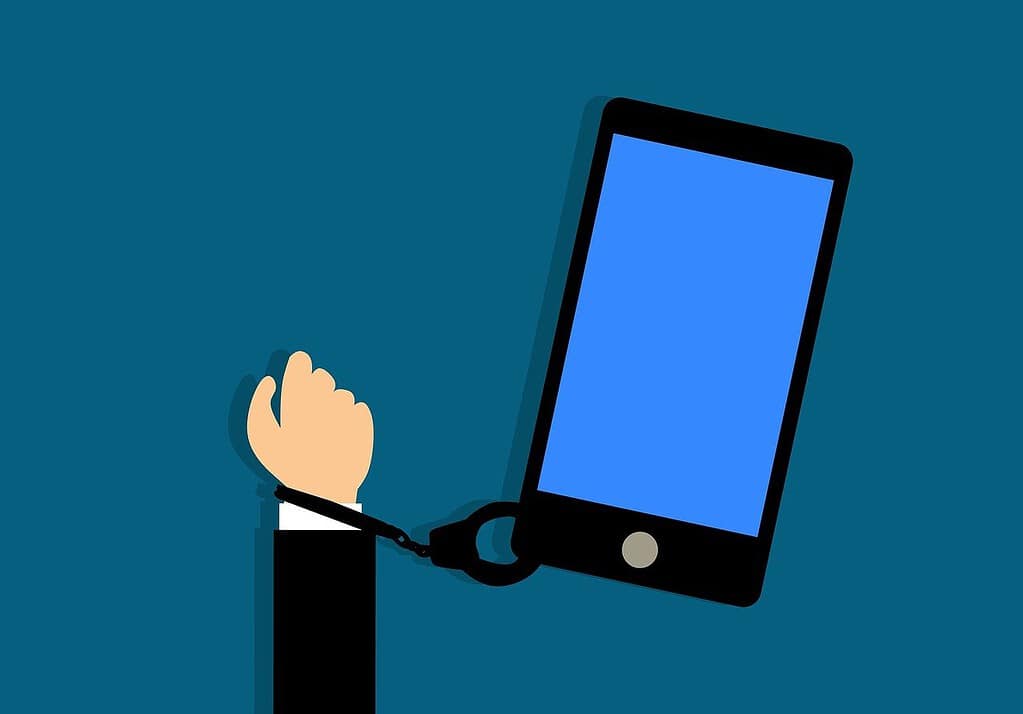
Digital addiction refers to the harmful dependency on digital media and high-tech gadgets. Although not officially recognized as a diagnosable disorder, some psychologists equate it with substance addiction when technology use disrupts lives and becomes challenging to quit despite its adverse effects. However, this is a thorny topic. While some experts view excessive digital technology use as mirroring substance abuse disorders, others argue that such use is typical in modern society.
No standards
The discussion is further complicated by the lack of reliable, standardized tests. Current tools meant to measure the relationship between technology and psychology not only refer to tech in an antiquated way, they are also often platform-dependent. For instance, you have psychologists who use specific tests for TikTok use, while others look specifically at video games like Fortnite.
Addressing this issue, a team from Binghamton University, State University of New York, has introduced a novel tool designed to adapt to the evolving digital environment. This diagnosis tool is supposed to serve as a catch-all psychological device that can measure digital media addiction across platforms, both those existing today and emerging in the future.
“We wanted to create a tool that was immediately useful in the clinic and lab, that reflects current understandings about how digital addiction works, that wouldn’t go obsolete once the next big tech change hits,” said Daniel Hipp of Binghamton Univesity, who co-led the study.
Decoding digital media addiction
Hipp emphasizes the shift away from very narrow, tech-focused questions towards ‘skeletal’ psychological questions in developing the scale. This new test, known as the Digital Media Overuse Scale (dMOS), is built to last by addressing questions focusing on psychological patterns rather than specific technologies.
“For example, one question type is ‘I have trouble stopping myself from using X even when I know I should.’ Replacing X with a tech domain, such as social media or gaming, we can ask the same question about several different tech domains. And we can replace X in future studies with new technology domains (i.e. TikTok-style ‘shorts’) as they emerge,” Hipp said.
The researchers field-tested dMOS in a study involving over 1,000 college students to explore digital media habits across five domains: smartphone use, internet video consumption, social media, gaming, and pornography. They found:
- A significant portion of students showed minimal signs of digital media overuse.
- Digital media usage tended to be highly specific, with individuals gravitating towards particular domains.
- A subset of responses highlighted problematic attitudes and behaviors towards digital media that, if applied to other contexts like drug use, would be considered clinically concerning.
“Overall, the outcome reveals that overuse is not a general thing; respondents typically reported overuse in one or a few domains only, such as social media,” said Gerhardstein. “More broadly, the data paint a picture of a population using digital media substantially, and social media in particular, to a level that increases concern regarding overuse issues.”
Social media’s allure stems from its ability to trigger the brain’s reward centers, releasing dopamine and fostering addiction. Despite its negative connotations linked with anxiety, depression, and physical symptoms, a significant portion of both adults and teens in the U.S. are active users, using social media daily. The unpredictable nature of social media outcomes, almost like a slot machine, keeps users hooked on the anticipation of likes and validation. One interesting survey found that 30% of respondents in the US considered Facebook to be the most toxic social media app, followed closely by TikTok, Instagram, X, and Snapchat.
This almost visceral need for digital affirmation, coupled with the fear of missing out (FOMO) and the inevitable comparisons to others, exacerbates feelings of anxiety and depression. A British study links social media use to sleep disturbances, further affecting mental and physical health. The platforms also skew perceptions of reality, especially among teens, amplifying feelings of inadequacy and fostering a culture of comparison.
Digital media addiction isn’t a trivial matter, which is why the dMOS test sounds so appealing. The scale offers a much finer understanding of the nuanced nature of digital media use and addiction. They reveal that overuse is not a broad-stroke problem but one that manifests in specific areas for certain individuals. The team of researchers is not resting on its laurels; they are already expanding the scale to encompass new technological domains and forging collaborations to deepen our understanding of digital media’s psychological impacts.
The findings appeared in the journal Technology, Mind, and Behavior.






